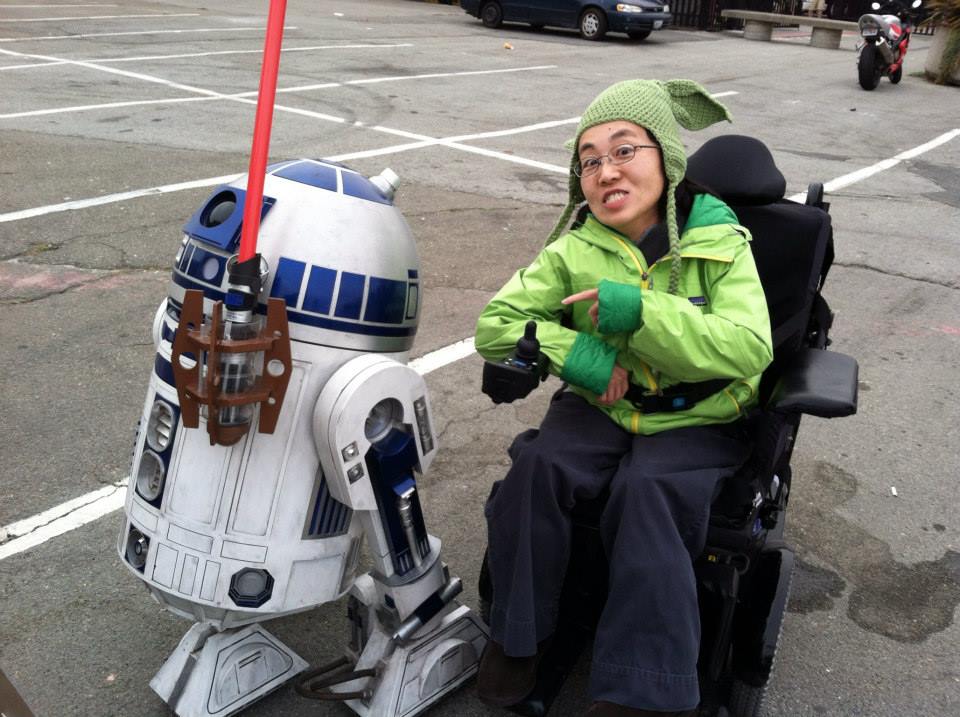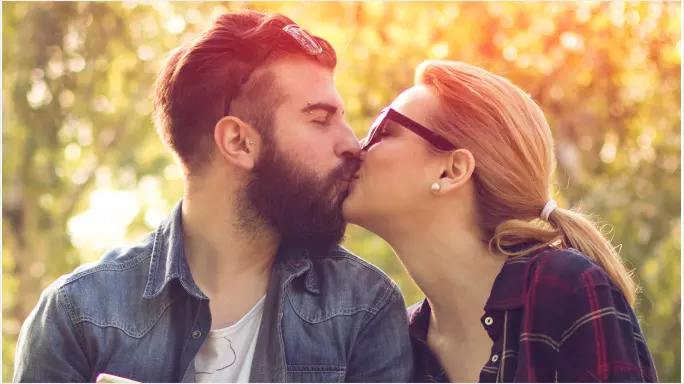Alice Wong is deeply involved in disability rights, from community building to national policy.
We had the opportunity to discuss her the extent of her involvement within the community, as well as her personal ties to it — including her work with the Disability Visibility Project..
What is the Disability Visibility Project and why should readers know about it?
Alice Wong: Disability Visibility Project (DVP) is a community partnership with StoryCorps and an online community dedicated to recording, amplifying, and sharing disability stories and culture. People often don’t associate disability to culture but that’s not true! There are 57 million Americans with some kind of disability, that’s 1 in 5 and yet there’s little history about us as a people. The Disability Visibility Project encourages people with disabilities to tell their stories and document our culture in doing so. There is power in storytelling and finding community and that’s what we’re all about.
Can you talk more about underrepresentation of people with disabilities—why is it so important to think about equity and inclusion with intersectionality in mind?
AW: It’s always bothered me that when you see people with disabilities in film or tv, they are often white. Disabled people of color exist as do queer disabled people of color, and so on and so forth! There is so much diversity in the disability community that isn’t highlighted enough in mainstream media. The one-dimensional aspect of this kind of diversity is so limiting. As a disabled Asian American girl, I rarely saw anyone that looked like me when I grew up and no one should feel like a unicorn because they belong to multiple communities. People are complex and that should be celebrated.
What is your favorite thing about the work you do and the impact it has on people with disabilities?
AW: The old granny in me gets a kick whenever I connect people who are working on similar projects or care about similar issues together. I like sharing information as well and it’s gratifying to know that people find them useful. I host Twitter chats on various topics and it’s been awesome to interact with people around the world.
What are your hopes for your future and the future of the Disability Visibility Project?
AW: Originally, I envisioned DVP to last one year but due to demand and enthusiasm by people with disabilities, I’m continuing it indefinitely. Anyone is welcome to record a story using StoryCorps’ app or at a StoryCorps location. Our project also has non-audio options including guest blog posts and an Instagram campaign (in partnership with another project).
Recently, I won an award and the money from that award will allow me to post the 100+ oral histories that we have so far on our website. I can’t wait to have these stories available in short audio and text clips for public as a historic, educational, and advocacy resource.
Is there something specific that sparked your interest in disability advocacy and policy work?
AW: Nothing super specific. My “origin” story, a post I wrote for The Nerds of Color, describes how popular culture influenced my disability identity. I was a very angry girl and I turned that energy into something constructive whether it’s policy research or activism. I majored in sociology and found it to be very helpful at connecting the dots in terms of my individual experiences of discrimination to larger systemic issues.
What do you consider to be one of the most important aspects of your work?
AW: Highlighting and sharing stories from people with disabilities that deserve attention and visibility. On Facebook, my news feed is filled with posts and work by some prolific and creative people and through my curation in the DVP’s Facebook group, I select the ones that like the most.
What advice would you give for other women who want to get involved (or get their kids involved) with the Disability Visibility Project?
AW: Please check out our website on How To Participate and another option is to hang with us online either on Facebook and Twitter! By the way, the most recent post on our website is a great essay by Grace Tsao on growing up Asian American with a disability.
Can you describe one of your proudest moments since starting this project?
AW: I’m proud that this project is something driven and embraced by people with disabilities. Otherwise, the DVP wouldn’t be what it is today without community support.
One example of a proud moment is connecting with Grace Tsao and her giving me permission to re-publish her essay. I met her through friends of friends on Facebook and was stunned by our similar experiences. This is what’s so exciting and fulfilling about what I do–we are not alone.
What has been one of your biggest career challenges, and how did you overcome it?
AW: Knowing my limitations and being able to say no. I’m a night owl and I simply don’t function as well in the morning. When I’m starting a new project, I have to ask colleagues whether we can schedule meetings in the afternoon or if I can make some alternate plans. It’s hard to communicate this in a way that doesn’t leave someone to think that I’m lazy or demanding.
One time I had the chance to be interviewed by NPR for a story but I had to be up at 7 a.m. and I knew that wasn’t going to be good for my health. As I’ve gotten older, I’m getting better at saying no and letting go of the fear of missing out.
Do you have any advice for young girls who want to learn more about disability issues?
AW: Be open about what you want to know more of and be a good ally if you are non-disabled. Check your own privilege and listen to what people with disabilities are saying about their lives, even if it makes you confused or uncomfortable. Disability in Kidlit is a website with great reviews of YA novels featuring young people with disabilities.
Other recommendations:
Good Kings Bad Kings by Susan Nussbaum
Run by Kody Keplinger
For non-fiction by women with disabilities:
Don’t Call Me Inspirational by Marilyn Rousso
Criptiques by Caitlin Wood
You can learn more about the Disability Visibility Project on Facebook or Twitter.




comments